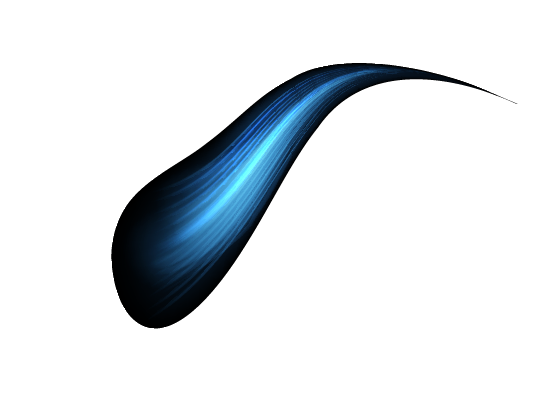From Design to Developing: essential tips for effective teamwork
At Eagerworks, we thrive on building products from scratch through seamless collaboration between design and dev teams across continents—here are the strategies and tools that make it work.


Agustina Rañales
12 JUN 2025 | 5 MIN READ

Our Pillars
Posts


Agustina Rañales
12 JUN 2025

Agustina Rañales
12 JUN 2025
Design
From Design to Developing: essential tips for effective teamwork
At Eagerworks, we thrive on building products from scratch through seamless collaboration between design and dev teams across continents—here are the strategies and tools that make it work.


Mariano Rojas
07 MAY 2025

Mariano Rojas
07 MAY 2025
Quality Assurance
Introduction to the Software Testing Life Cycle (STLC)
If you're in product, engineering, or leadership, chances are you've heard someone say “we're in the testing phase.” But what does that really mean?


Fernando Sobral
27 MAR 2025

Fernando Sobral
27 MAR 2025
Programming
Tailwind CSS v4: what developers need to know
Tailwind CSS, the utility-first framework that's become the de facto standard for modern web development, just released its fourth major version. Before diving into what's new, let's understand why Tailwind has become so fundamental to how we build websites today.


Jorge Leites
10 MAR 2025

Jorge Leites
10 MAR 2025
Programming
Building a Turbo-Enabled Modal in Rails with View Components and Stimulus
Struggling with building modals in Rails while using Turbo and Stimulus? Learn how to create a flexible, dynamic modal that handles static and Turbo-loaded content, and closes automatically after form submission!


Gonzalo Marguery
20 JAN 2025

Gonzalo Marguery
20 JAN 2025
Startups
The ideal team to build your product from scratch
This blog post is part of a series outlining the key steps to building a successful product.


Federico Lambach
30 DEC 2024

Federico Lambach
30 DEC 2024
Team
2024: growth, innovation, and a look into the future
As 2024 draws to a close, we at Eagerworks take a moment to reflect on a year filled with growth, exciting projects, and meaningful partnerships.


Agustina Rañales
28 NOV 2024

Agustina Rañales
28 NOV 2024
Design
Navigating cross-cultural design: key considerations for global success
As an international off-shore development and design company, we need to tackle integrating cross-cultural crafting into every product and service we offer. Even more in today’s digital world, where products and services no longer have borders.


Florencia Carle
27 NOV 2024

Florencia Carle
27 NOV 2024
Programming
Building an App with Authentication and Push Notifications using Expo
Creating a mobile app with robust authentication and push notification support can be an essential feature for any application.


Juan Pablo Balarini
13 SEP 2024

Juan Pablo Balarini
13 SEP 2024
AI
How to augment your RAG architecture with Knowledge Graphs
There’s no doubt that in today’s data management and artificial intelligence landscape, Knowledge Graphs and Retrieval-Augmented Generation (RAG) techniques are becoming key players. In this blog post, we will explore how those models function, their interplay, and how you can use them right now in your projects using GraphRAG .


